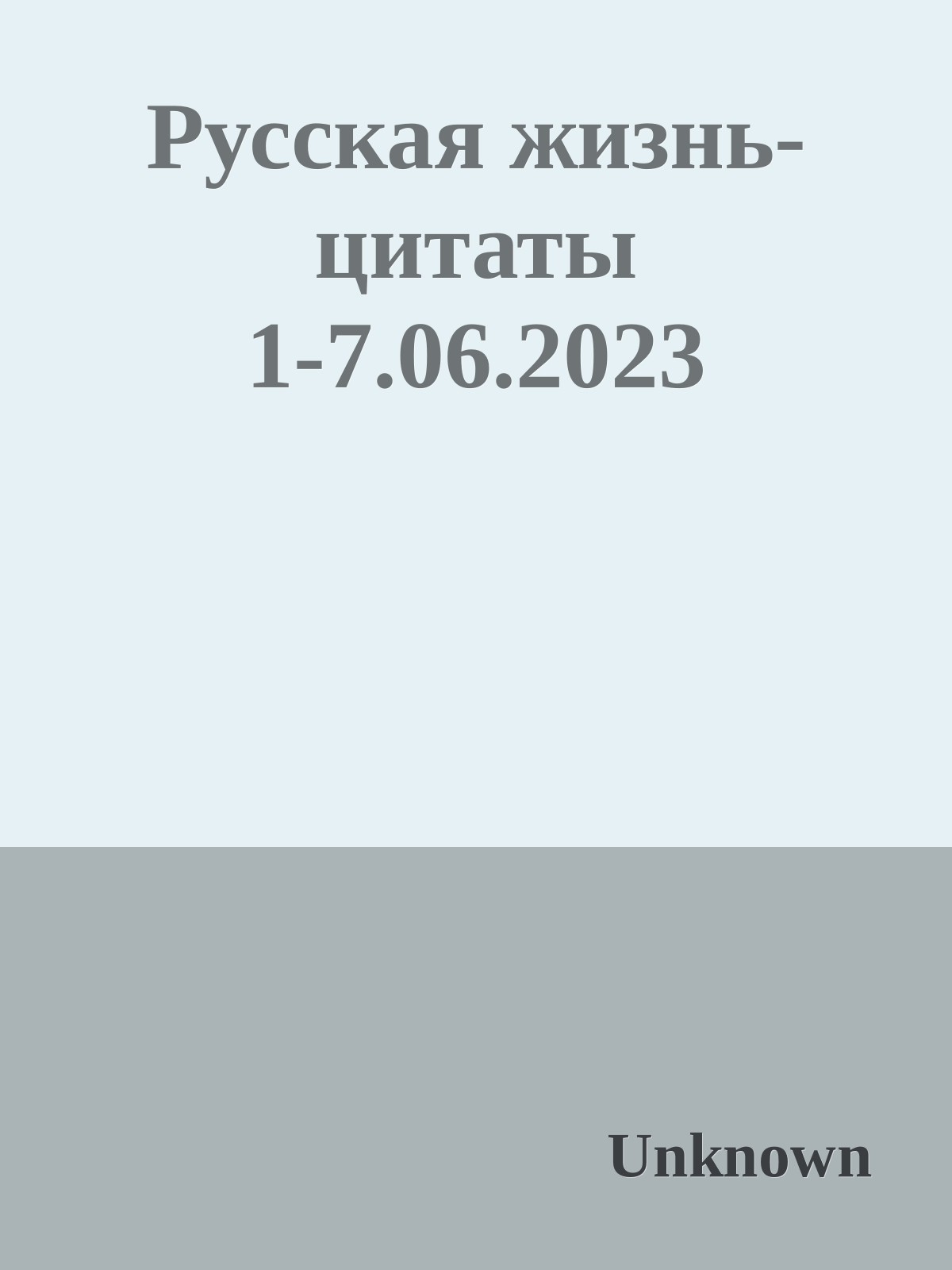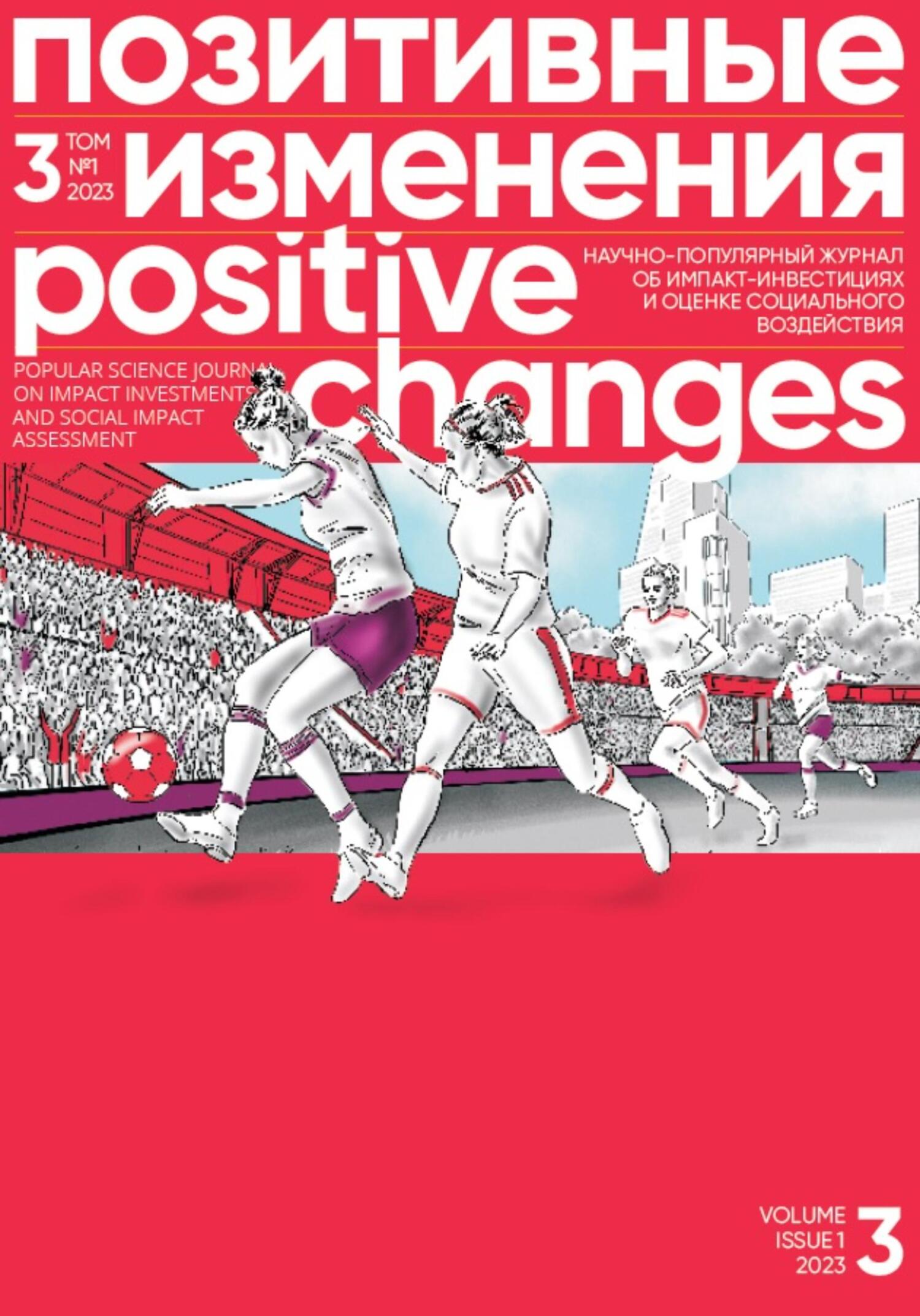Книга Новые боги. Как онлайн-платформы манипулируют нашим выбором и что вернет нам свободу - Кристиан Монтаг
Шрифт:
Интервал:
Закладка:
461
разницы между полами не наблюдалось: Sindermann C. et al. Predicting Tendencies towards the Disordered Use of Facebook’s Social Media Platforms: On the role of Personality, Impulsivity, and Social Anxiety // Psychiatry Research. 2020. № 285. P. 112793.
462
низкая добросовестность: Высокие показатели невротизма / низкие показатели добросовестности.
463
низкой самооценкой и чувством дискомфорта: Verduyn P. et al. Passive Facebook usage undermines affective well-being: Experimental and longitudinal evidence // Journal of Experimental Psychology: General. 2015. № 144 (2). P. 480–488; Vogel E.A. et al. Social comparison, social media, and self-esteem // Psychology of Popular Media Culture. 2014. № 3 (4). P. 206–222.
464
характерные для депрессии: Appel H. et al. The interplay between Facebook use, social comparison, envy, and depression // Current Opinion in Psychology. 2016. № 9. P. 44–49.
465
если не книги: Я уже упоминал ранее свою книгу «Животные эмоции» (Montag C. Eet al. Animal Emotions: How They Drive Human Behavior. Brainstorm Books, 2020). Здесь читателю была бы интересна глава 5. Кроме того, рекомендую посмотреть нашу статью в научном журнале Addictive Behaviors Reports: Montag C. et al. Discussing digital technology overuse in children and adolescents during the COVID-19 pandemic and beyond: On the importance of considering Affective Neuroscience Theory // Addictive Behaviors Reports. 2020. № 12. P. 100313.
466
проведенного страховой компанией DAK: DAK-Studie: Gaming, Social-Media & Corona // DAK Gesundheit. URL: https://www.dak.de/dak/gesundheit/dak-studie-gaming-social-media-und-corona-2295548.html#/.
467
с использованием интернета: Sun Y. et al. Brief Report: Increased Addictive Internet and Substance Use Behavior During the COVID-19 Pandemic in China // The American Journal on Addictions. 2020. № 29 (4). P. 268–270.
468
участились случаи игровых расстройств: Teng Z. et al. Depression and anxiety symptoms associated with internet gaming disorder before and during the COVID-19 pandemic: A longitudinal study // Journal of Behavioral Addictions. 2021. № 10 (1). P. 169–180.
469
или речь уже о зависимом поведении: Singh S. et al. Is compulsive social media use amid COVID-19 pandemic addictive behavior or coping mechanism? // Asian Journal of Psychiatry. 2020. № 54. P. 102290.
470
зависимостью от социальных сетей: Montag C. et al. Investigating links between Fear of COVID-19, neuroticism, social networks and smartphone use disorder tendencies // Frontiers in Psychology. 2021. № 12. P. 2101.
471
ответ на некоторые вопросы: Cauberghe V. et al. How adolescents use social media to cope with feelings of loneliness and anxiety during COVID-19 lockdown // Cyberpsychology, Behavior, and Social Networking. 2021. № 24 (4). P. 250–257.
472
группы ученых под руководством Анны Купманн: Koopmann A. et al. Did the general population in Germany drink more alcohol during the COVID-19 pandemic lockdown? // Alcohol and Alcoholism. 2020. № 55 (6). P. 698–699.
473
более масштабное исследование Джейкоба Мэнси: Manthey J. et al. Alkoholkonsum in Deutschland und Europa während der SARS-CoV-2 Pandemie // Sucht. 2020. № 66. P. 247–258.
474
как эмоциональное истощение: Peterka-Bonetta J. et al. The relationship between Internet Use Disorder, depression and burnout among Chinese and German college students // Addictive Behaviors. 2019. № 89. P. 188–199.
475
За исключением тех случаев, когда получатель должен однозначно подтвердить прочтение в ответном письме, но это отдельно настраиваемая функция, в то время как в вотсапе отправитель автоматически видит двойную галочку сразу после прочтения сообщения.
476
в своей книге «Мир без электронной почты»: Newport C. A world without Email. Portfolio. 2021.
477
В своей книге «В постели со смартфоном»: Perlow L.A. Sleeping with your smartphone: How to break the 24/7 habit and change the way you work. Harvard Business Press, 2012: «The pressure to be on usually stems from some seemingly legitimate reason, such as requests from clients or customers or teammates in different time zones. People begin adjusting to these demands-adapting the technology they use… to be better able to meet the increased demands on their time. Once colleagues experience the increased responsiveness, their own requests expand». P. 7–8.
478
о смайликах и эмодзи: Кстати, смайлики можно делать при помощи знаков препинания, например: —), поэтому логично, что они появились еще до эпохи интернета. Эмодзи – это более красочная версия смайликов; среди них также встречаются изображения предметов и людей. Эмодзи J соответствует смайлику: —).
479
имеют однозначное толкование: McDougald B.R. et al. Emoticons: What does this one mean? // Proceedings of the human factors and ergonomics society annual meeting. 2011. № 55 (1, September). P. 1948–1951.
480
В работе Даантье Деркса: Derks D. et al. Emoticons and social interaction on the Internet: the importance of social context // Computers in Human Behavior. 2007. № 23 (1). P. 842–849.
481
Возможно, это объясняет, почему на платформе LinkedIn гораздо меньше проблем с фейковыми новостями. См. также: Johnson. E. Why is there no fake news on LinkedIn? Listen to its editor explain // Vox. 2016. December 29. URL: https://www.vox.com/2016/12/29/14100064/linkedin-daniel-roth-fake-news-facebook-recode-podcast.
482
Результаты исследования, проведенного Костадином Кушлевым и Элизабет В. Данн: Kushlev K. et al. Checking email less frequently reduces stress // Computers in Human Behavior. 2015. № 43. P. 220–228.
483
в первый день после отпуска: https://www.welt.de/wirtschaft/article131176331/Daimler-loescht-alle-Mails-die-im-Urlaub-kommen.html.
484
под руководством Аарифа Аль-Утайби: Alutaybi A. et al. Designing social networks to combat fear of missing out // 32nd Human Computer Interaction Conference (British HCI’18). 2018.
485
В своем выступлении на TED Talks: Harris

























